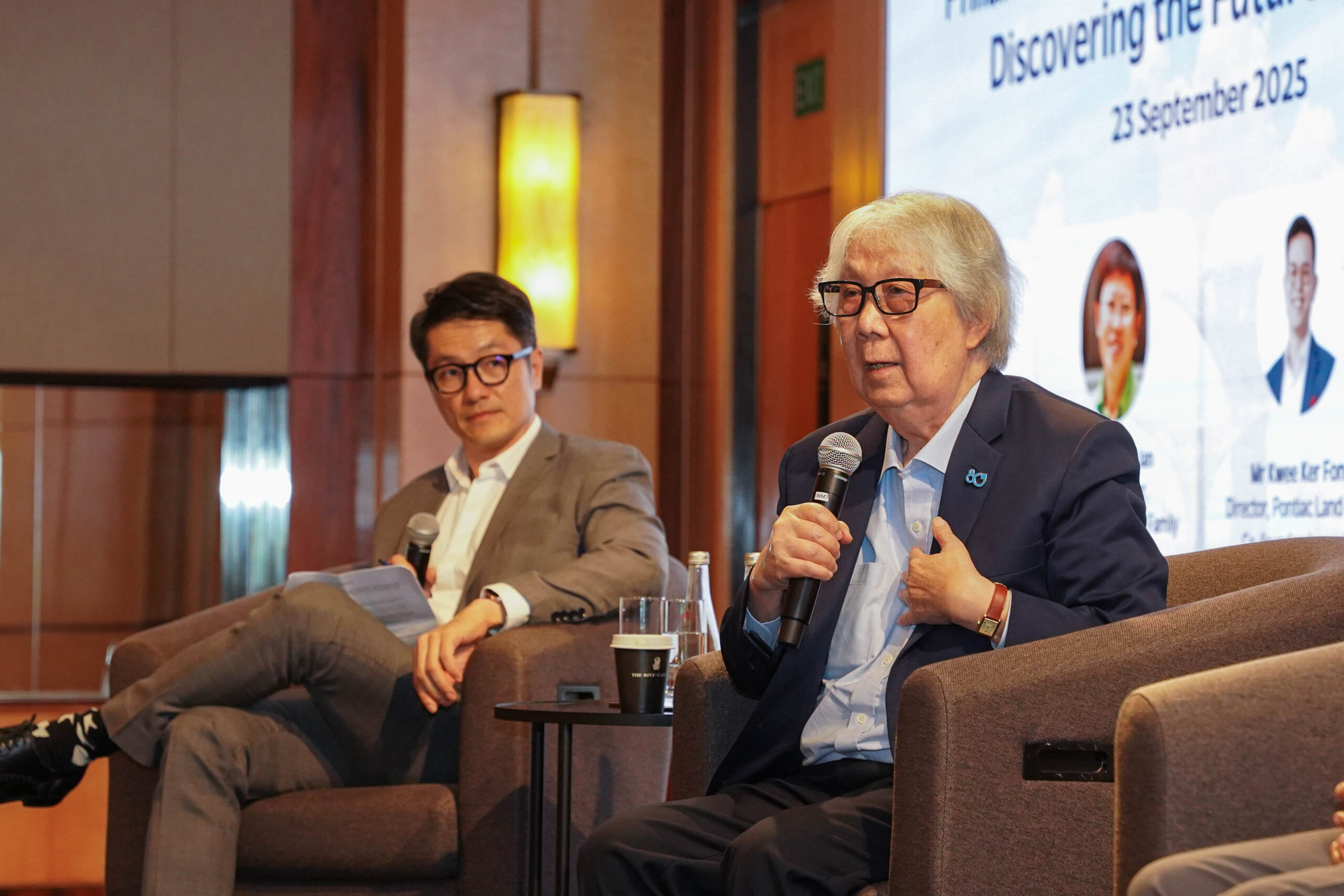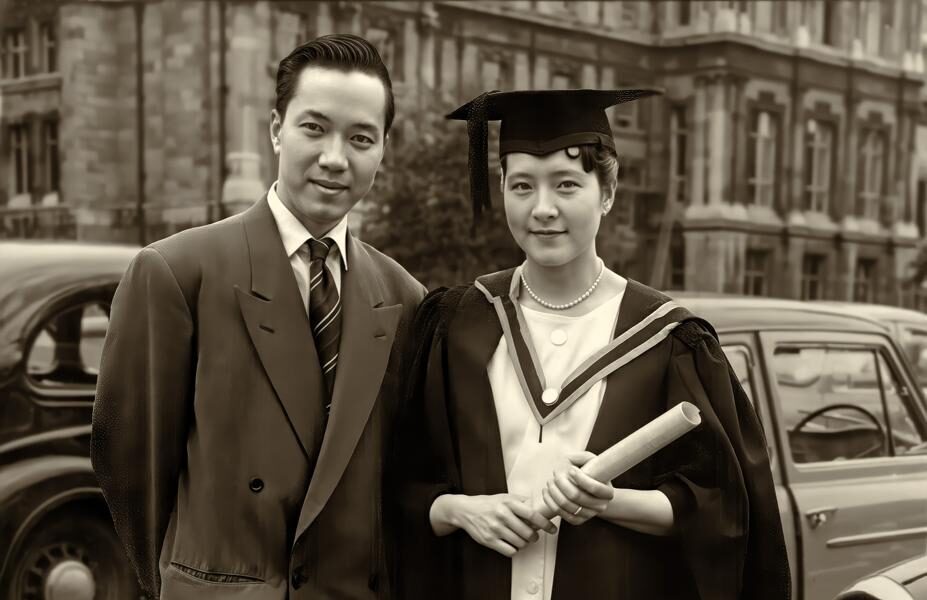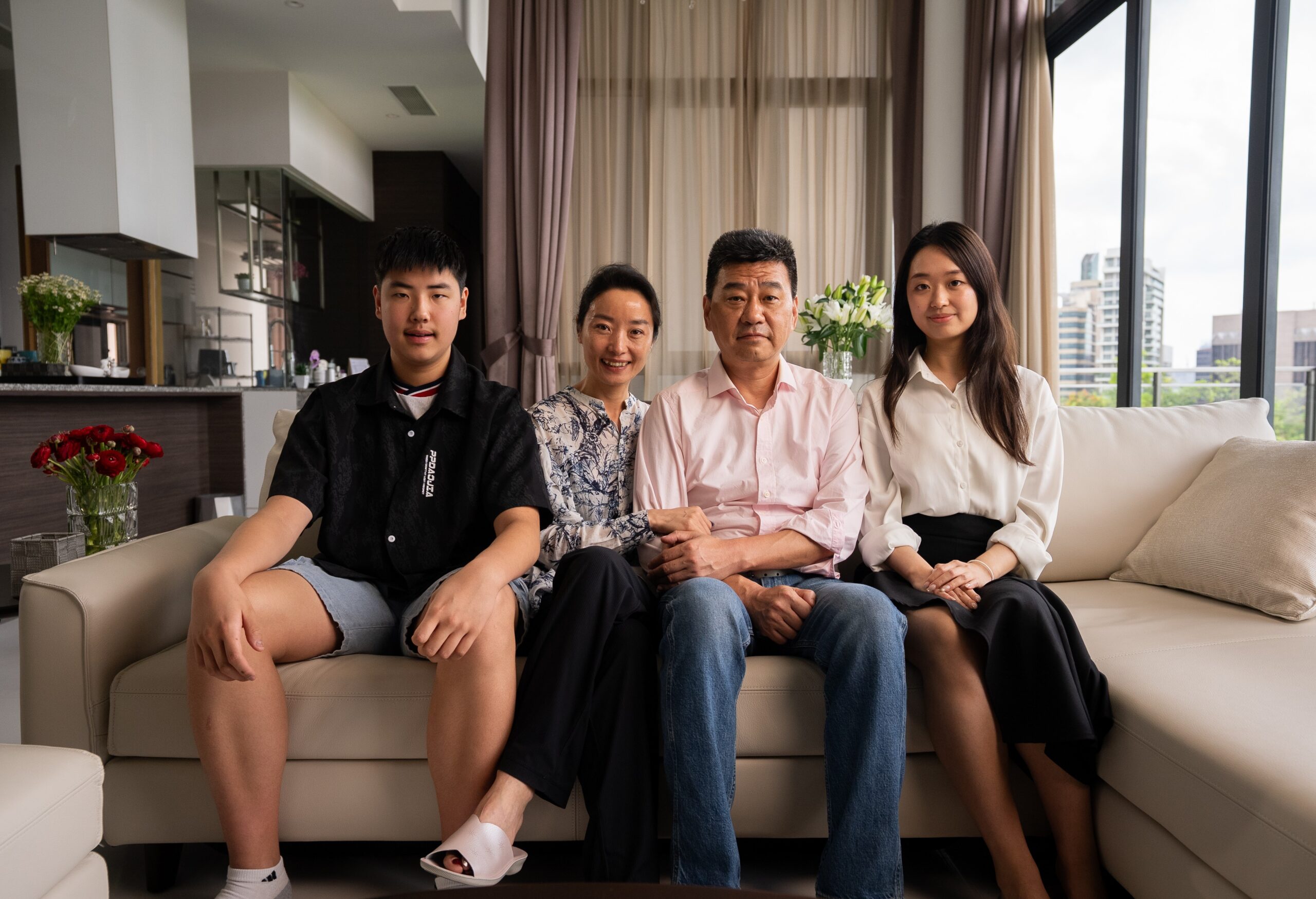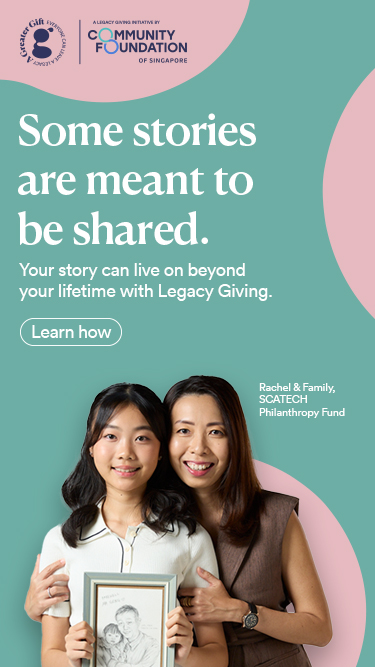International Women’s Forum Singapore: Guiding Young Women towards Achieving their Dreams


Education is a powerful social leveller, and the youngest Nobel Peace laureate in the world Malala Yousafzai will readily attest to that. In fact, it is her life’s mission to make sure young girls and women all over the world are lifted out of poverty through receiving equal access to an education. For women all over the world, Malala is celebrated as a champion of women’s rights and is recognised for her immense achievements in the face of overwhelming adversity.
The International Women’s Forum (IWF) Singapore Education Grant took a feather out of Malala’s hat when it was established in 2014 – to support women of all backgrounds to receive proper education and mentorship.
The Community Foundation of Singapore (CFS) supports this ideal through managing the IWF Education Grant, as it makes a difference by providing upward social mobility for young women who possess grit, empathy and a strong determination to excel in their field of study.
Like Malala, the IWF believes in nurturing the next generation of women through providing education and mentorship. Since the Education Grant’s inception in 2014, IWF Singapore has awarded grants to 68 young women from 13 tertiary institutions in Singapore. These young women are usually students between the ages of 17 to 35 who are applying for a diploma or degree to local polytechnics or universities, and are at risk of dropping out of school due to financial constraints.
So far, it has been a humbling experience for the IWF to support such young women from financially-challenged backgrounds in their quest for higher education and to achieve their dreams. Like a proud parent, the IWF marvels at how far they have come in their journey to find passion and confidence in spite of their considerable personal challenges.
Providing a Guiding Hand
However, it is not all about providing good education through financial support. The IWF Education Grant seeks also to equip these young women with life skills and guidance on career choices, in hopes that they will broaden their horizons and become emboldened to soar in their endeavours.
Through collaboration with the Young Women’s Leadership Connection (YWLC), a mentorship programme was formed under the leadership of Mrs Arfat Selvam, Managing Director of law firm Duane Morris and Selvam LLP.
Although IWF Singapore expects that the students they support have reasonable academic results, there is a far greater emphasis on young women with a strong track record of voluntary social contributions and a high degree of social empathy.
Many of these young women have expressed their heartfelt gratitude for the support from the grant towards their tenuous financial circumstances and want to do their best to contribute back to society. At the same time, they harbour hopes to pursue a better future for themselves and to create a lasting impact with the choices they make. Perhaps one day, these young women will be able to rise up and achieve their dreams, just like Malala Yousafzai.
Education is a powerful social leveller, and the youngest Nobel Peace laureate in the world Malala Yousafzai will readily attest to that. In fact, it is her life’s mission to make sure young girls and women all over the world are lifted out of poverty through receiving equal access to an education. For women all over the world, Malala is celebrated as a champion of women’s rights and is recognised for her immense achievements in the face of overwhelming adversity.
The International Women’s Forum (IWF) Singapore Education Grant took a feather out of Malala’s hat when it was established in 2014 – to support women of all backgrounds to receive proper education and mentorship.
The Community Foundation of Singapore (CFS) supports this ideal through managing the IWF Education Grant, as it makes a difference by providing upward social mobility for young women who possess grit, empathy and a strong determination to excel in their field of study.
Like Malala, the IWF believes in nurturing the next generation of women through providing education and mentorship. Since the Education Grant’s inception in 2014, IWF Singapore has awarded grants to 68 young women from 13 tertiary institutions in Singapore. These young women are usually students between the ages of 17 to 35 who are applying for a diploma or degree to local polytechnics or universities, and are at risk of dropping out of school due to financial constraints.
So far, it has been a humbling experience for the IWF to support such young women from financially-challenged backgrounds in their quest for higher education and to achieve their dreams. Like a proud parent, the IWF marvels at how far they have come in their journey to find passion and confidence in spite of their considerable personal challenges.
Providing a Guiding Hand
However, it is not all about providing good education through financial support. The IWF Education Grant seeks also to equip these young women with life skills and guidance on career choices, in hopes that they will broaden their horizons and become emboldened to soar in their endeavours.
Through collaboration with the Young Women’s Leadership Connection (YWLC), a mentorship programme was formed under the leadership of Mrs Arfat Selvam, Managing Director of law firm Duane Morris and Selvam LLP.
Although IWF Singapore expects that the students they support have reasonable academic results, there is a far greater emphasis on young women with a strong track record of voluntary social contributions and a high degree of social empathy.
Many of these young women have expressed their heartfelt gratitude for the support from the grant towards their tenuous financial circumstances and want to do their best to contribute back to society. At the same time, they harbour hopes to pursue a better future for themselves and to create a lasting impact with the choices they make. Perhaps one day, these young women will be able to rise up and achieve their dreams, just like Malala Yousafzai.
- Related Topics For You: ACCESSING QUALITY EDUCATION, CHARITY STORIES, DIRECT AID, DONOR STORIES, EDUCATION, IMPROVING EMPLOYABILITY, INCLUSIVITY & INTEGRATION, STORIES OF IMPACT, YOUTH



